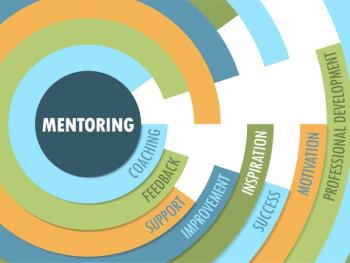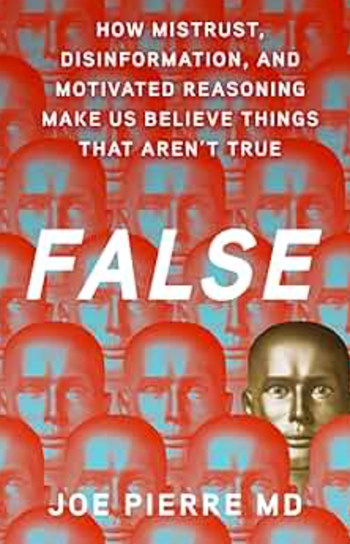
- Vol 30 No 12
- Volume 30
- Issue 12
Falling Into the Fire: A Psychiatrist’s Encounters With the Mind in Crisis
More than simply a collection of interesting vignettes, the author of this book frequently pushes readers to confront ingrained biases toward some of our most challenging patients.
by Christine Montross; New York: The Penguin Press, 2013
256 pages • $25.95 (hardcover)
In my first year of psychiatry residency, I felt overwhelmed by frequently heartbreaking, sometimes hilarious, and often outright bizarre situations on the inpatient wards. In addition to reeling from the volume of cases, I was struck by the staggering ambiguity of treatment decision making; often no one therapy or combination of therapies seemed to be the clearly correct choice. To help boost my clinical confidence, I looked for books by psychiatrist-writers to see how they managed the uncertainty inherent to our field. Although I found a few entertaining novels and insightful essays, even the best of the lot felt dated or failed to depict realistically a clinician’s decision making process on today’s inpatient psychiatric services.
I am pleased to say that Dr Christine Montross’s latest book,
However, Montross’s work is more than simply a collection of interesting vignettes. Frequently she pushes her reader to confront ingrained biases toward some of our most challenging patients. For example, in unabashed detail she describes her thought process while she managed a seizing psychiatric patient (Phyllis) with a history of non-epileptic psychogenic seizures:
While Phyllis’s body continued to shake, beating against the floor, I felt the full force of uncertainty as to whether her seizures were neurological or psychological in origin. I was flooded with a range of feelings, all of them uncomfortable . . . When I first got to Phyllis, my mind began charting its way through seizure protocol, but a history of pseudoseizures complicated the picture and immediately shifted the course of action from clear to murky.(pp172-173)
When it is clear that this spell was indeed non-epileptic, she relates the frustration that such clinical scenarios evoke: “I was surprised to feel mostly overcome by anger. I felt as though this woman had fooled me.”(p174) Montross takes this conundrum a step further by discussing it with renowned neuropsychiatrist W. Curt LaFrance, Jr. He reminds us that Phyllis is truly suffering; there is nothing pseudo about her disease. Furthermore her condition is treatable if we are willing to bring our most empathic selves to bear.
While Montross’s gift for storytelling and provocative questions provides a lively read, what makes this text unique is the personal but eminently relatable material interwoven with the cases. Somewhat suddenly, not unlike in real life, a chapter will take the reader out of the hospital entirely and place him or her into Montross’s shoes as she walks through her front door, unclips her beeper, and takes on her role as a mother and partner. Her sharp transitions simulate how our clinical and home lives, for better or for worse, frequently bleed into each other. With great humility Montross writes about the poignant reality checks she receives from her non-physician partner as she puzzles over cases. During these personal passages I felt I was reading not just about the practice of psychiatry, but rather the practice of being a psychiatrist.
Articles in this issue
almost 12 years ago
Recurrent Brief Mixed Depressionalmost 12 years ago
What Happens to Depressed Adolescents?almost 12 years ago
ECT and Catatonia: Out of the Shadowsalmost 12 years ago
Metabolic Monitoring for Patients on Antipsychotic Medicationsalmost 12 years ago
Bipolar Disorder in Youthsalmost 12 years ago
Psychiatry 2013 and DSM-5almost 12 years ago
Benzodiazepines vs Antidepressants for Anxiety Disordersalmost 12 years ago
Science and “Pragmatism” in DSM: A Question of Prioritiesabout 12 years ago
Introduction: The Successful Management of PsychosisNewsletter
Receive trusted psychiatric news, expert analysis, and clinical insights — subscribe today to support your practice and your patients.














